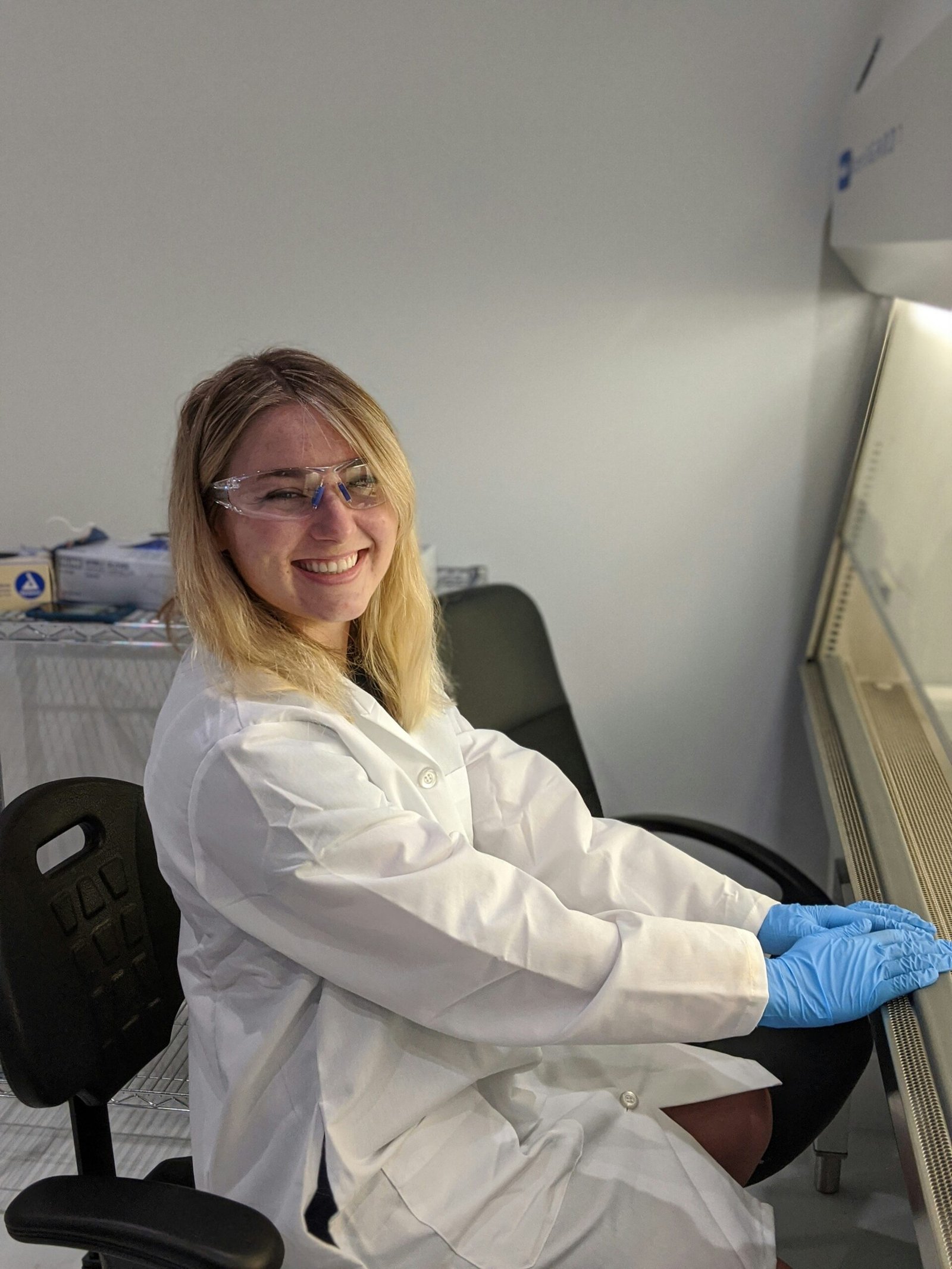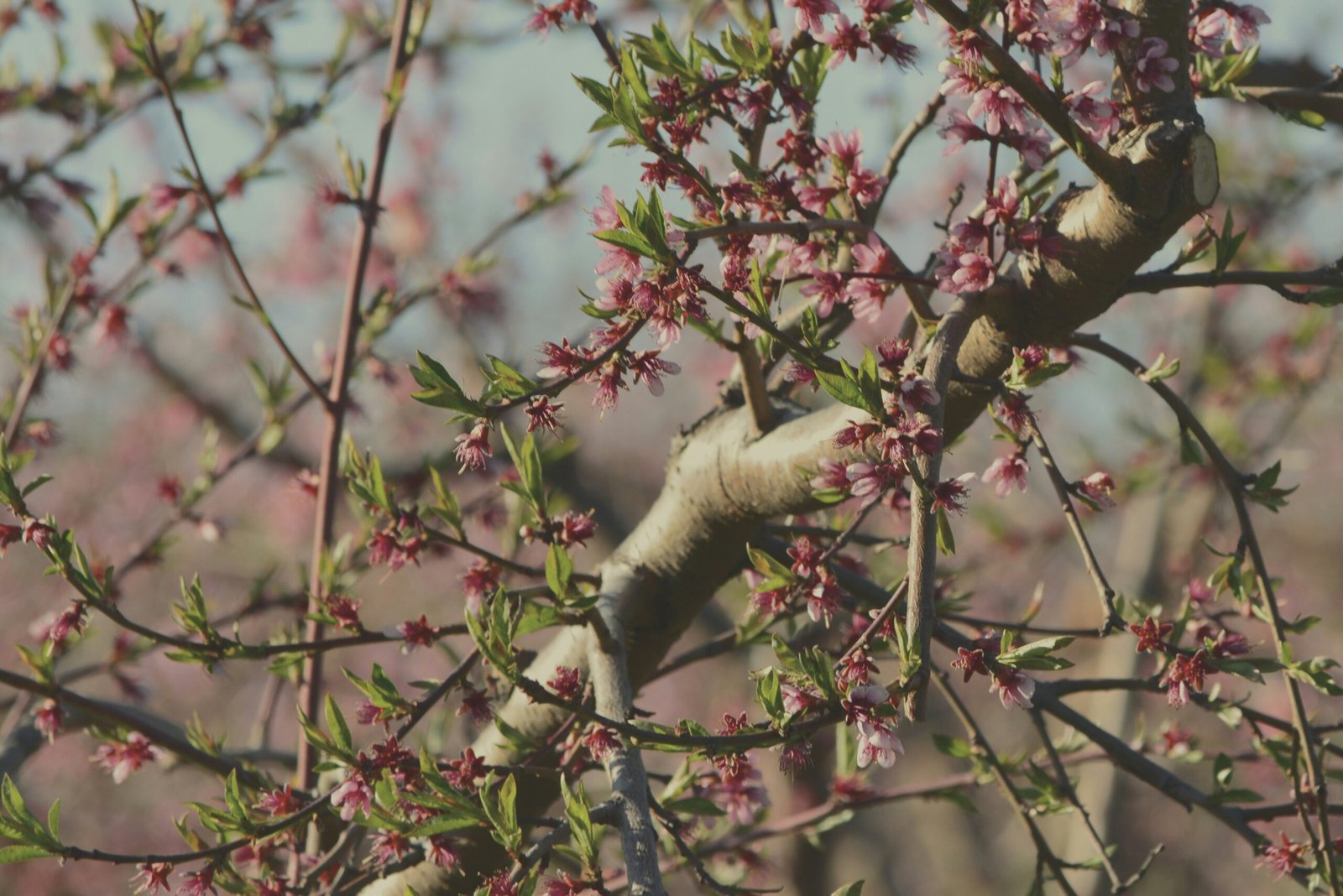
Understanding Plant Tissue Culture
Plant tissue culture is a sophisticated technique that allows for the growth of plant cells in a controlled environment. This method is widely used for propagation, preservation, and genetic manipulation. However, to achieve successful results, it’s essential to follow strict precautions and safety guidelines.
Plant Tissue Culture Precautions and Safety Guidelines
| Category | Precaution/Safety Guideline |
|---|---|
| Work Area | Maintain a sterile environment; clean surfaces with 70% ethanol. |
| Personal Hygiene | Wash hands thoroughly before and after handling cultures. |
| Clothing | Wear lab coats, gloves, and hair covers to minimize contamination. |
| Equipment | Sterilize tools (scalpels, forceps) with flame or autoclave before use. |
| Culture Media Preparation | Ensure media is properly autoclaved; avoid contamination during dispensing. |
| Aseptic Techniques | Work near a flame or within a laminar airflow hood to ensure sterility. |
| Handling Plant Material | Surface sterilize explants with suitable agents (e.g., sodium hypochlorite). |
| Contamination Control | Regularly monitor cultures for contamination and discard infected ones immediately. |
| Disposal | Autoclave contaminated materials before disposal to prevent disease spread. |
| Chemical Safety | Handle growth regulators, disinfectants, and media chemicals with care; wear protective gear. |
| Lighting Conditions | Maintain appropriate light intensity and photoperiod for optimal growth. |
| Temperature Control | Keep cultures in a controlled environment (e.g., 24–27°C) for optimal growth. |
| Record Keeping | Document all steps, observations, and environmental conditions. |
| Emergency Measures | Have spill kits and first aid equipment readily available. |
| Training | Ensure all personnel are trained in aseptic techniques and lab safety. |
Maintaining a Sterile Environment
One of the most crucial aspects of plant tissue culture is maintaining a sterile work environment. Clean surfaces with 70% ethanol to minimize contamination risks. Employ aseptic techniques by working near a flame or within a laminar airflow hood. This will significantly reduce the chance of introducing contaminants into your cultures.
Personal Hygiene and Protective Gear
Personal hygiene cannot be overlooked in the lab. Ensure to wash your hands thoroughly before and after handling cultures. Wear proper lab attire such as lab coats, gloves, and hair covers to further minimize contamination. Additionally, all tools and equipment, including scalpels and forceps, must be sterilized through flame or autoclaving before use.
Monitoring Cultures and Disposal Practices
Regularly monitor your cultures for any signs of contamination, and promptly discard any infected samples. Remember to autoclave contaminated materials before disposal to prevent the spread of disease. Proper record-keeping of all your observations and environmental conditions is also vital in managing your plant tissue cultures effectively.
Emergency Preparedness and Training
Always have spill kits and first aid equipment readily available in the lab. Ensure that all personnel involved in plant tissue culture are adequately trained in aseptic techniques and lab safety protocols. This knowledge will not only protect individual lab members but also enhance the overall success of the cultures.
Safety and Precautions during Plant tissueculture in Powerpoint slides




